These homemade heat packs are perfect for headaches, injuries, or just getting cozy on a cold night. Or put them in the freezer to help you cool down on a hot night. It is easy to make hot and cold packs!
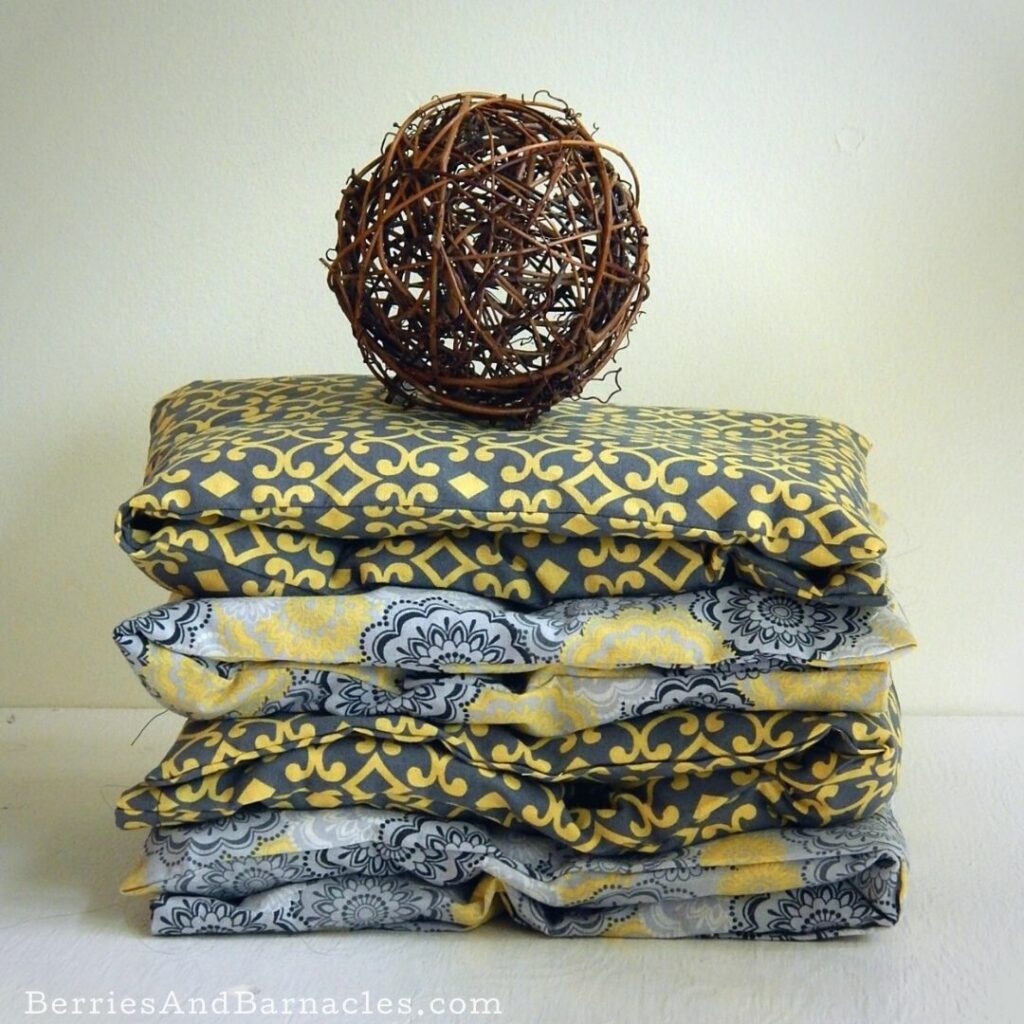
I use to think that chilblains were a Dickensian illness, likely due to some sort of fog-induced deficiency. Then, during my first winter in Ireland, I broke out with my own case of chilblains.
They came in the form of tiny red and painful dots on my fingers that made it rather difficult for me to work on my blog.
It seems funny for someone who grew up in a snowy climate to experience chilblains in a relatively mild climate. However, I think it came from the combination of moist cold air and the lack of indoor heating.
It was always cold in Ireland. Every room in our house had an open vent to the outdoors. Electricity cost a fortune, and we really could only afford to heat enough to prevent the water in the pipes from freezing. I quickly discovered the joy of electric blankets and heat packs.
The Joy of Homemade Heat Packs
Back in our west coast home, we have similarly moderate weather but we also have nicely insulated walls and windows. However, I still love our hot and cold packs. We have a set of 4 and use them every day from October to March.
- Una and I take a hot pack to bed with us every night. They are perfect for keeping our feet warm.
- Alternatively, a cold pack is the perfect thing to take to bed on a hot day.
- They are a quick way to warm up when you come in from a cold, wet bicycle ride.
- To soothe a tension headache, lay a hot pack across the back of your neck and over your shoulders.
- For a migraine headache, lay down with a cold pack on your forehead and a warm pack on your stomach. This works best at the first hint of a migraine.
- And of course, hot and cold packs are helpful for injuries and cramping.
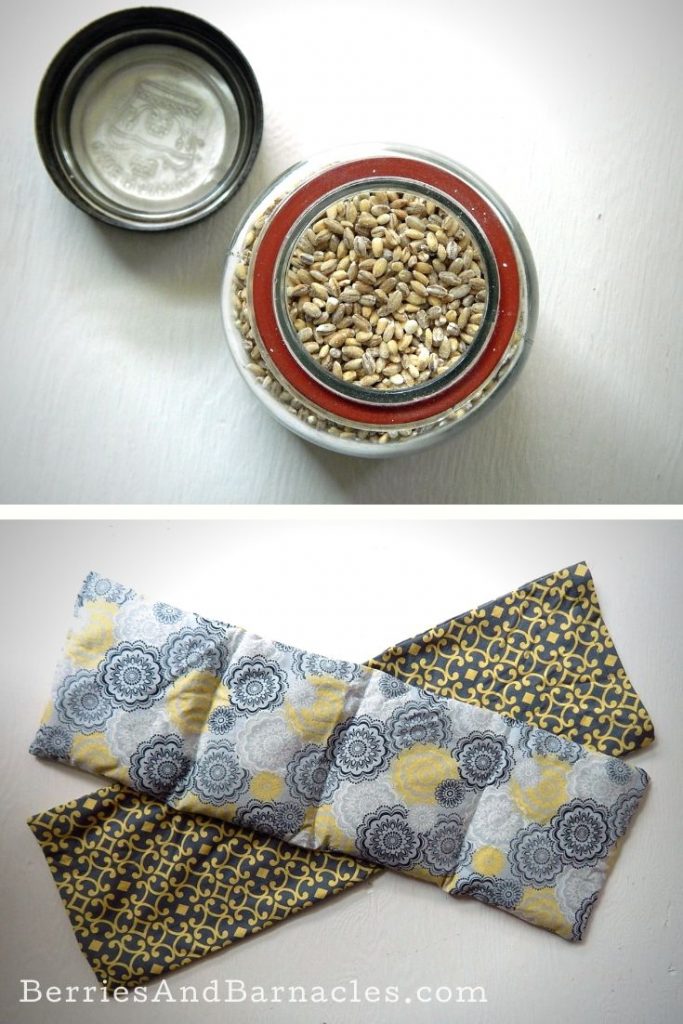
Using the hot and cold packs
To heat the pack put it in the microwave for 2 minutes. Don’t overheat it or you might burn the barley.
To cool the pack place it in the freezer for 1 hour. I don’t recommend storing it in the freezer for much more than a few days as the moisture might affect the heat pack.
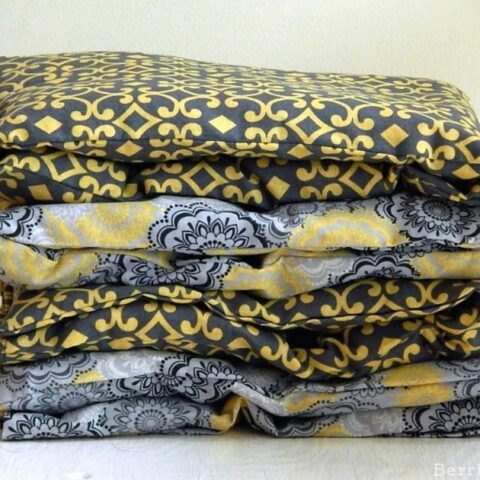
Barley Filled Hot And Cold Packs
These homemade heat packs are perfect for headaches, injuries, or just getting cozy on a cold night. Or put them in the freezer to help you cool down on a hot night. It is easy to make hot and cold packs!
Materials
- Fabric and thread: Use 100% cotton fabric for the bag and the cover. Cotton is not only soft and breathable, but it’s also microwavable. You’ll need about 1/4 yard of fabric for each hot and cold pack and a spool of thread in a complementary color.
- Barley: Each pack uses 4 cups of barley. Pearl barley and pot barley are both perfectly fine. You can also add 2 Tbsp of dried lavender flowers to the barley if you want to add scent to your hot and cold packs.
Instructions
Hot and cold pack
- Start by prewashing the fabric. It’s good to get rid of excess dye or stabilizers, etc.
- Cut 4 rectangles of fabric, two for the pack and two for the washable pack cover. They need to be 20-inches long and 6.5-inches deep.
- For each of the 4 rectangles, fold over 1/2-inch of fabric on one of the short sides and iron flat. This will be the opening of the heat pack and cover.
- Starting with the two rectangles that you’re planning to use for the heat pack, match the right sides together. Sew along 3 sides, leaving the short side with the folded-over fabric open. Use a 1/2-inch seam allowance.
- Turn the rectangle right side out and iron the seams flat so that they are nice and crisp.
- Pour 1 cup of barley into the rectangle. Measure 5-inches along the rectangle and stitch across. This will create 1 section in the heat pack.
- Pour in another cup of barley, measure another 5-inches from the last seam and stitch across. Do this 3 times, so you have a total of four sections in your heat pack.
- For the final section, match the folded sides together and sew the pack closed.
- I will admit that sewing the barley-filled sections is a bit tricky. I broke at least 2 needles by accidentally hitting a barley grain while I sewed up my packs.
COVER
- It’s pretty handy to have a washable cover for the heat pack. With the fabric for the cover, sew along the folded-over short edge to make a sturdy opening. You could do a double-fold hem, but I didn’t bother.
- With the right sides of your rectangle together, sew along the other three sides.
- Turn the rectangle right side out and press flat.
- Insert the heat pack and you’re done!
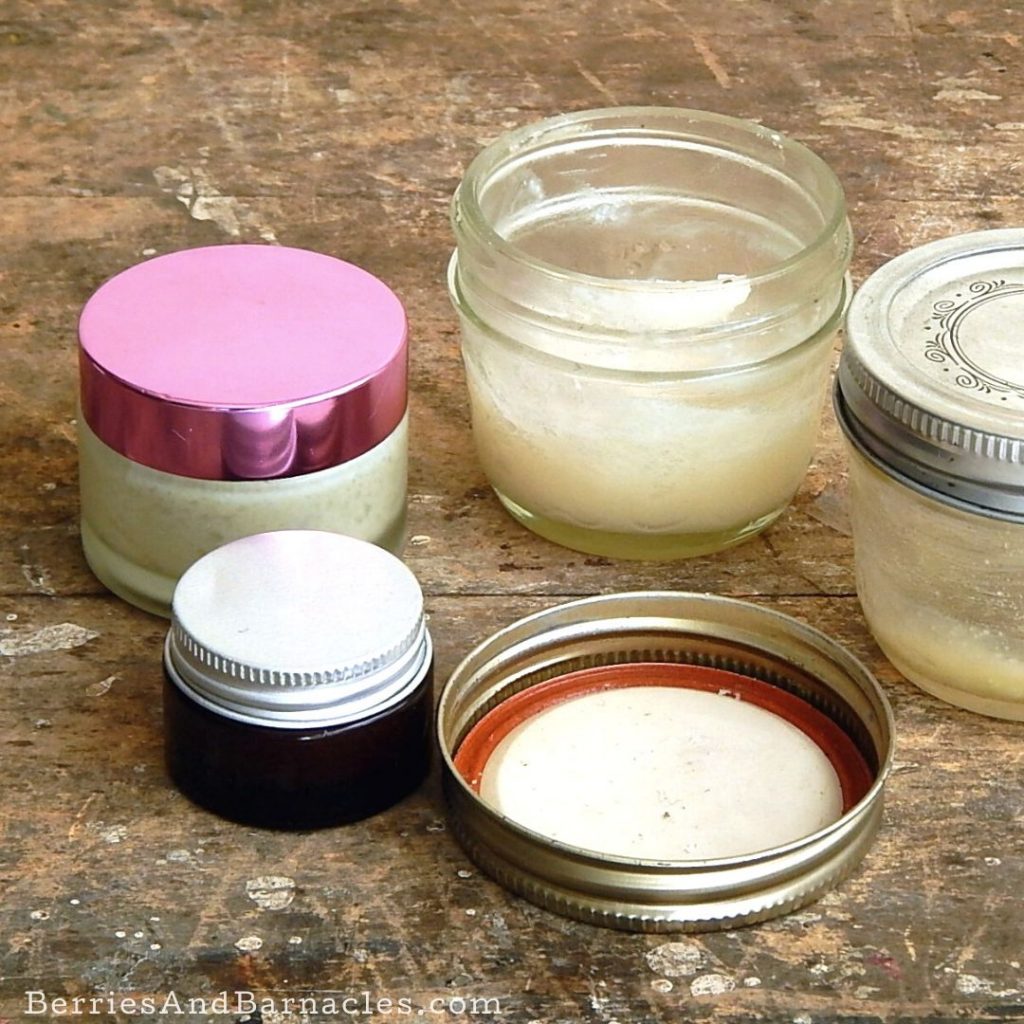
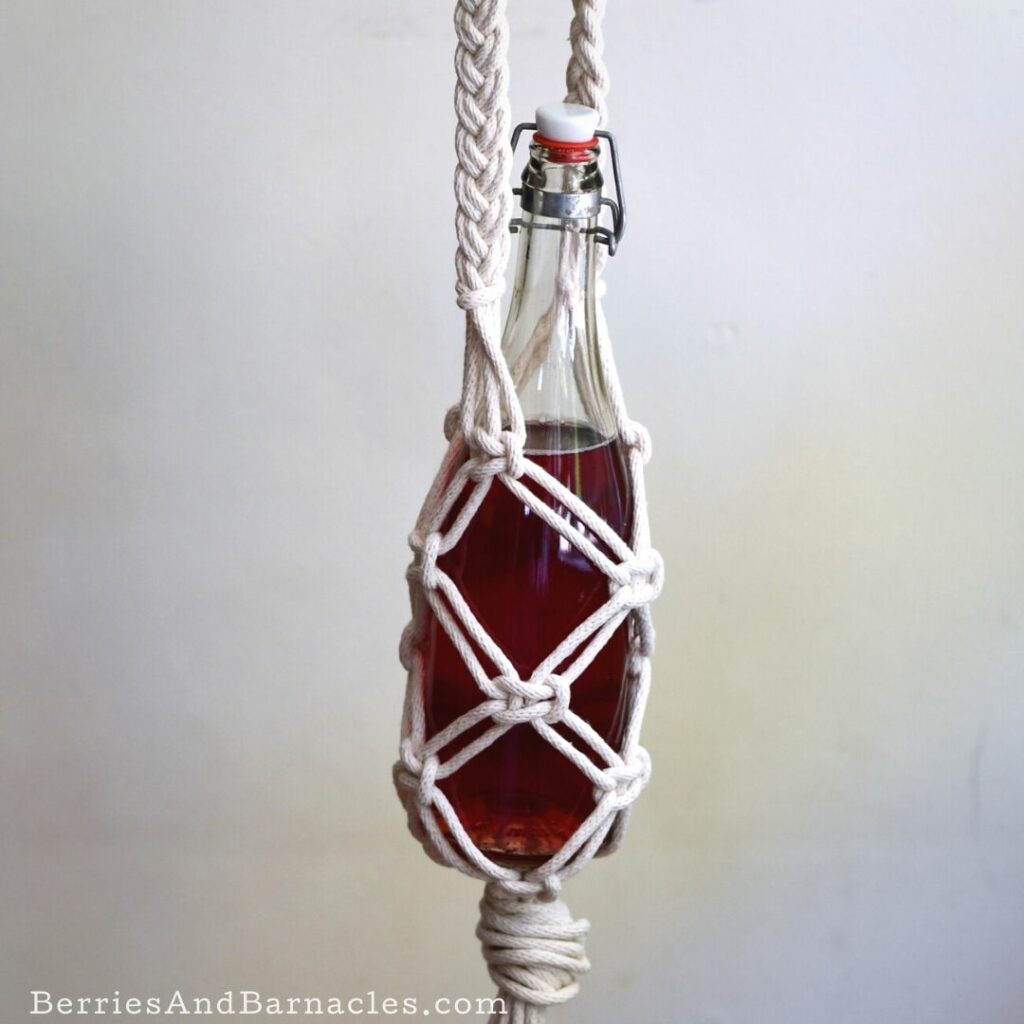
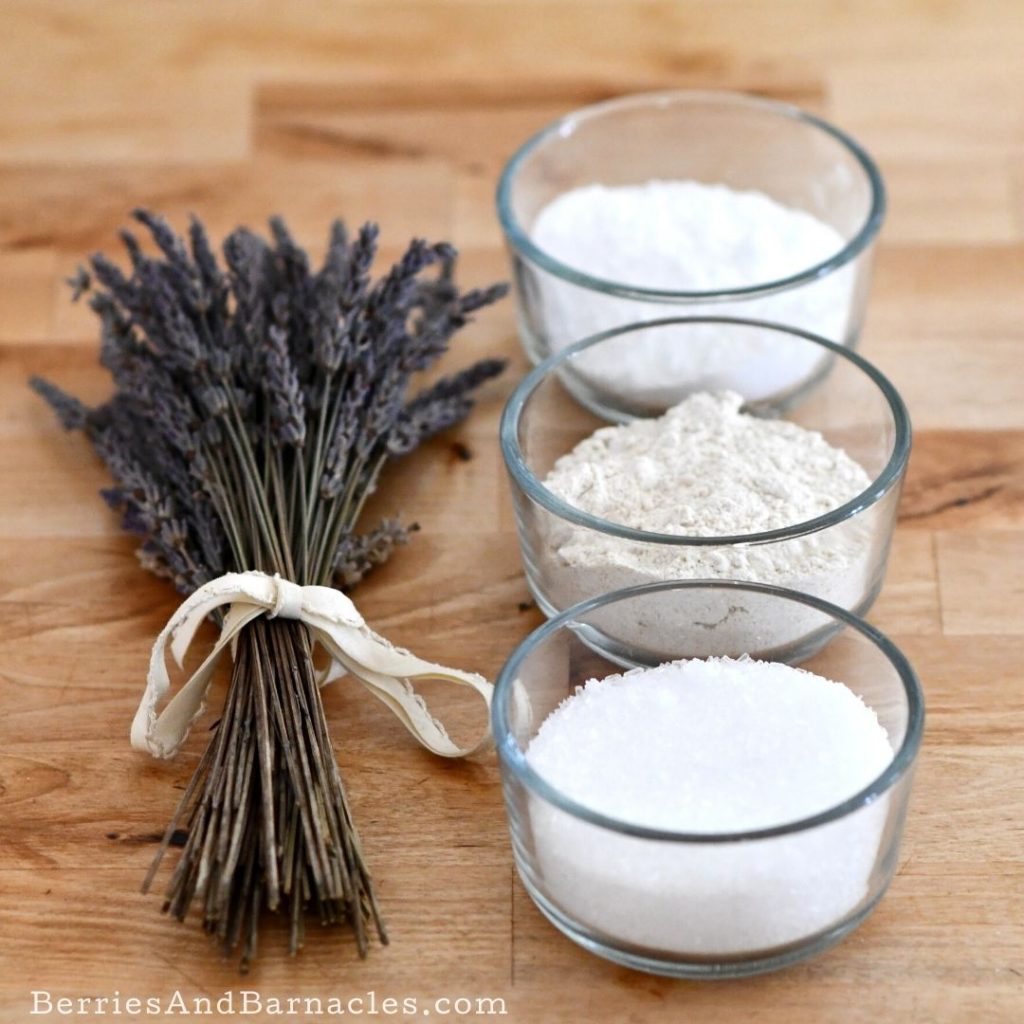
What is in barley that makes it good for ice packs?
It doesn’t freeze like an ice pack. However, it will get cold and stay cool for about an hour. We use it on hot nights to cool down our beds. Other grains could work as well, but I like barley because it’s affordable, has a nice weight, without being heavy, and is dense enough to hold the hot/cold temperature. Cheers!
I had a corn-filled pad some time ago. It was great! It got really warm after 90 sec.
Someone gave me a barley-filled one recently, and it barely gets warm even after 2 min. Is this normal? Is the pad supposed to be soaked before first use or something? Compared to the corn-filled one, it’s disappointing and hardly useful.
Any suggestions? Thanks!
Interesting… I would have thought that a corn-filled bag might accidentally turn into popcorn. 🙂 No need to wet the barley, that might cause it to rot. The heating time depends on the size of the bag and the type of microwave. Are you heating on high heat? I made a smaller bag for my daughter which takes 1 1/2 minutes on high. I made a large U-shaped shoulder pack which needs more than two minutes. I usually heat it for 2 minutes, flip it around for even heating, then heat it for another minute. The bags that are described in this post heat up in 2 minutes in my microwave.
Maybe try heating it for 2 minutes, flipping it around, and heating it for another minute? Cheers, Emillie
Haha. No popcorn, but the kernels did eventually burn up from repeated use (and probably over-heating). I was missing it, hence the gift of the barley one.
Yes, all heating times mentioned are for a high setting. As microwaves work by exciting water molecules, I thought perhaps the barley was too dry — perhaps just naturally drier than corn kernels — and needed some special prep. Also, given the demise of my corn bag, I was concerned about over-heating with longer nuke times. If you think it safe (won’t ruin the barley) I’ll give it a try.
Oh, and in comparison to my corn-filled one, it’s roughly the same size, though perhaps slightly fuller. Appreciate your reply. Thanks for your thoughts!
We’ve been using our barley bags since 2018. In the winter we all take one to bed with us every night. So maybe barley is more resistant to burning? Microwaves mostly heat water, but they do cause other molecules to heat up as well. It’s just that water heats up the fastest. Good luck with your new heat bag! Cheers, Emillie